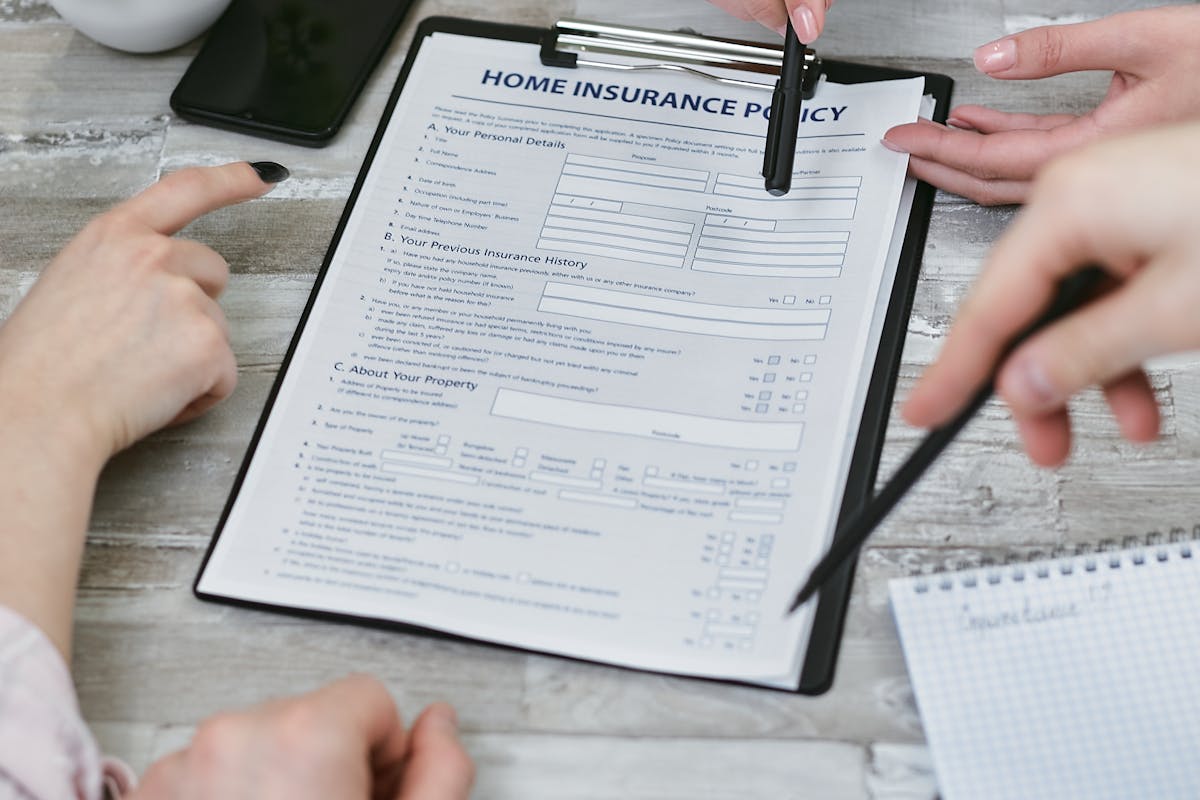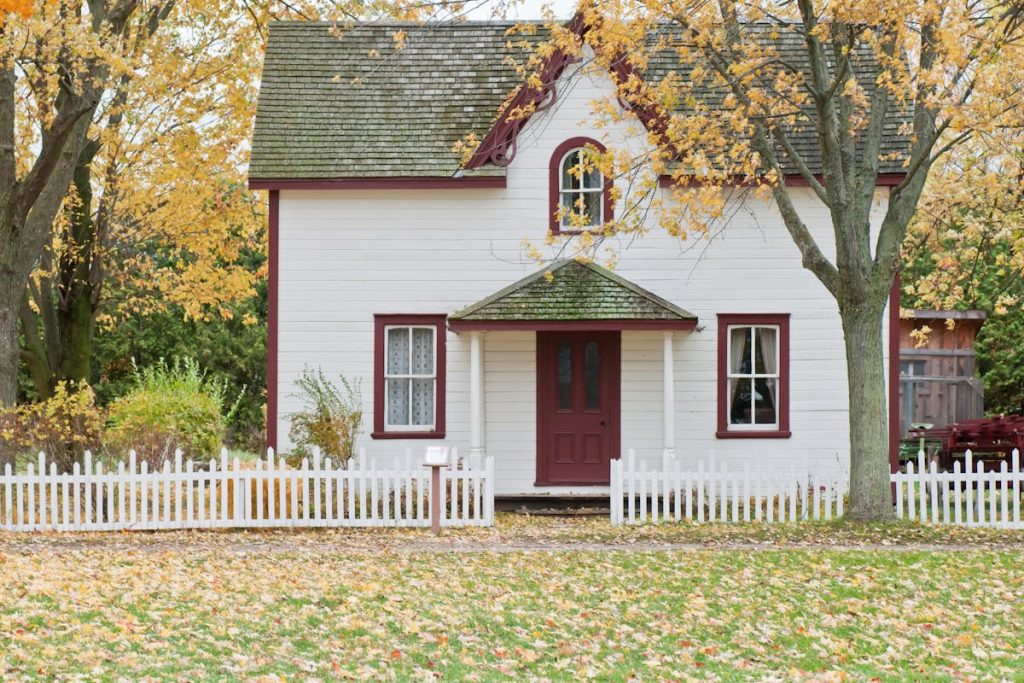- Regular maintenance prevents costly repairs, preserving your old house’s integrity and preventing more significant issues.
- Preserve historical features using appropriate restoration techniques, enhancing your home’s charm and future selling points.
- Keep detailed records of maintenance and renovations, including historical facts, to bolster your home’s appeal and value.
- Invest in upgrades like energy efficiency, foundation integrity, and modernized kitchens and bathrooms to increase home value.
Congratulations on purchasing an old house! While older homes can offer charm and character that new builds may lack, they also come with their own set of challenges. One of the biggest concerns for owners of old houses is protecting their investment. This blog will discuss essential tips to help you safeguard your investment in your old home.
Regular Maintenance
The key to protecting your investment in an old house is regular maintenance. Make sure to keep up with routine tasks such as checking for leaks, inspecting the roof, and cleaning gutters. Neglecting these maintenance tasks can lead to costly repairs down the line. By staying on top of maintenance, you can catch issues early and prevent them from becoming more significant problems.
Preserve Historical Features
If your old house has historical features such as original woodwork, stained glass windows, or ornate moldings, make sure to preserve them. These unique features add character and charm to your home and can be a selling point for future buyers.
Take care to maintain these features by using appropriate restoration techniques and materials. Additionally, if you plan on making any updates or renovations to your old house, consider preserving or incorporating its historical features into the design. This will not only add value to your home but also honor its history and architectural significance.
Keep Records
Keeping detailed records of any work done on your old house is essential for protecting your investment. This includes invoices, receipts, warranties, and permits for renovations or repairs. Having a paper trail not only helps you keep track of expenses but also provides documentation that may be valuable when selling your home in the future.
You should also consider creating a maintenance schedule and keeping track of when tasks are completed. This can serve as a reminder for future maintenance and show potential buyers that you have taken good care of the house. You can also include any historical information or interesting facts about your old home in these records, which can add to its appeal.

Obtain Proper Insurance
Old houses often require specialized insurance coverage due to their unique risks and vulnerabilities. Make sure you have adequate insurance that covers potential issues such as structural damage, mold, or lead paint exposure. Additionally, consider adding extra coverage for valuable items or historical features within your home.
Invest in Upgrades
While it may seem counterintuitive to spend money on upgrades when trying to protect your investment, investing in certain upgrades can actually increase the value of your home. Here are four areas to consider upgrading in your old house:
Energy Efficiency
Making your home more energy-efficient not only reduces your utility bills but can also add value to your home. Consider upgrading insulation, windows, and appliances to improve energy efficiency.
Foundation
A solid foundation is crucial for the structural integrity of any home. Even something as simple as applying basement floor coatings can help protect your foundation from moisture and damage. A basement floor coating can also make your basement space more usable and appealing to potential buyers. This is especially important if your old house has a history of water issues.
Kitchen and Bathrooms
Kitchens and bathrooms are some of the most essential rooms to upgrade in terms of adding value to your home. Consider updating appliances, fixtures, and finishes to modernize these spaces while still maintaining the charm and character of your old house.

Electrical and Plumbing
Outdated or faulty electrical and plumbing systems can be a primary concern for potential buyers. Consider upgrading these systems to improve your home’s safety, functionality, and overall value.
By investing in these essential upgrades, you not only protect your investment but also increase the value of your old house. These upgrades can also make your home more attractive to potential buyers if you ever decide to sell.
Owning an old house comes with its unique challenges but also offers unparalleled charm and character. By prioritizing regular maintenance, preserving historical features, keeping meticulous records, obtaining proper insurance, and investing in strategic upgrades, you can safeguard your investment and even enhance the value of your home. Embrace the journey of caring for your old house; with attention and care, it will continue to stand as a testament to history and a cozy haven for years.

